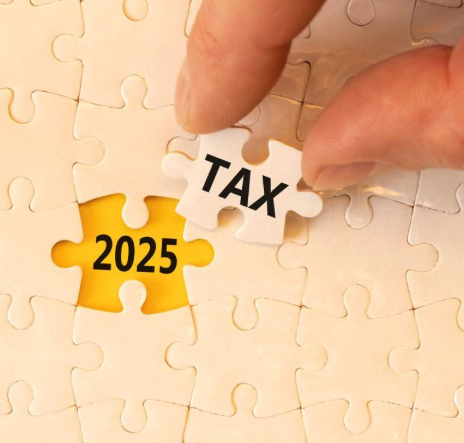
Understanding Capital Gains Tax Rates in the UK for 2025/26
As an investor, understanding the current capital gains tax (CGT) rates and allowances in the UK is crucial to effective financial planning. The tax environment has evolved over recent years, and with the significant reduction in the CGT allowance, investors need to be strategic about managing their taxable gains.
Current Capital Gains Tax Rates
In the UK, there are two primary CGT rates that investors should be aware of:
- 18% on chargeable assets (including residential property) for basic rate taxpayers
- 24% for higher rate and additional rate taxpayers (this also applies to residential property)
Your CGT rate depends on your overall income and the asset in question. In general, if your total income for the year (including both salary and capital gains) falls within the basic tax rate band, you’ll be taxed at 18%. If your income exceeds the basic rate threshold, you’ll be taxed at the higher 24% rate.
For the 2024/25 tax year, the rates are scheduled to remain the same. However, there is still a possibility of further adjustments, particularly as the UK seeks to balance its fiscal position.
Example: Suppose you bought a second home for £200,000 and sold it for £350,000, realizing a £150,000 capital gain. If you’re a higher-rate taxpayer, you would face a CGT bill of £36,000 (after using up the annual allowance). For basic-rate taxpayers, the same gain would result in a CGT liability of £27,000.
What Assets Are Subject to Capital Gains Tax?
CGT is applicable when you sell, swap, gift (to anyone other than a spouse or charity), or receive compensation for an asset. Commonly, these are the types of assets that may attract a CGT liability:
- Non-primary residential property (e.g., second homes or buy-to-let properties)
- Personal possessions worth more than £6,000 (excluding cars)
- Business assets
- Cryptocurrency
- Investments outside tax-efficient wrappers
Additionally, if you sell your main residence and it meets certain criteria (e.g., being over 5,000 square meters in size or used for business), it may also be subject to CGT.
The Capital Gains Tax Allowance
The capital gains tax allowance, also known as the Annual Exempt Amount (AEA), determines how much of your capital gains are tax-free each year. If your gains exceed this amount, only the excess is subject to tax.
Here’s a breakdown of the AEA in recent and upcoming tax years:
- 2019/20: £12,000
- 2020/21: £12,300 (remained the same through 2022/23)
- 2023/24: £6,000
- 2024/25: £3,000 (this will be the lowest allowance since 1981)
For example, if you’re a higher-rate taxpayer and sell shares worth £25,000 in the 2024/25 tax year (with no prior CGT allowance used), your taxable gain would be £22,000 after deducting the £3,000 allowance. At the 24% CGT rate, this would result in a tax bill of £5,280.
Maximizing Tax Efficiency Amid Falling Allowances
With the CGT-free allowance set to decrease significantly over the next couple of years, it’s essential for investors, especially high-net-worth individuals, to focus on maximizing their tax efficiency. This could include strategies like utilizing tax-efficient wrappers (ISAs, pensions) or planning asset disposals carefully.
The reduction in CGT allowances and the ongoing freeze on tax thresholds indicate that CGT will continue to be a significant factor in wealth management. Sophisticated investors will need to adapt their strategies to mitigate the impact of higher taxes on their investments.
Capital Gains Tax Revenue Hits Record High
In the fiscal year ending in April 2024, the UK collected a record £16.93 billion in CGT, marking a 10% increase from the previous year. This growth reflects the rising tax burden on asset sales, as higher CGT rates and reduced exemptions drive up the amount of tax being collected.
For investors, this underscores the importance of staying informed about the changing tax landscape and taking proactive steps to safeguard their wealth.
Conclusion
The evolving capital gains tax rates and allowances mean that investors must carefully assess their financial strategy. With CGT revenue reaching record highs, and the allowance set to decrease, tax planning is more important than ever. By taking advantage of tax-efficient investment vehicles and staying up to date on changes, investors can protect their wealth and minimize the impact of rising taxes.